During harvest days, passing through Tien Lu, Phu Cu, An Thi districts or right in Hung Yen city, it is easy to see white smoke covering the fields. That is straw smoke - the consequence of people's habit of burning agricultural by-products after harvest. This seemingly harmless habit actually has many serious consequences for public health and the living environment.
Straw and stubble were burned indiscriminately, white smoke covered the fields and the northern main road of Pho Hien University.
Burning straw: Convenient but harmful in the long run
“After the harvester finishes, the straw is left at the base of the tree. After drying for a day or two, I collect it and burn it, it’s faster. We don’t use straw stoves or raise cows anymore, so what’s the point of leaving it?” Mr. Le Van Tam, a farmer in Trung Nghia commune, Hung Yen city, frankly shared.
Mr. Tam’s view is not uncommon. For many farmers, burning straw is a simple, time-saving and labor-saving way to clear the fields and prepare for the next crop. They even believe that this method also helps kill residual pests in the soil. However, behind that white smoke lies a long-term chain of negative impacts.
Smoke from burning straw contains many pollutants such as CO₂, CO and PM2.5 fine dust – a type of microscopic particle that can penetrate deep into the lungs, causing pneumonia, asthma, and even cardiovascular disease. According to experts, PM2.5 is an “invisible killer” in the air, especially dangerous for young children, the elderly and people with underlying diseases.
Ms. Tran Thi Ngoc Thanh, living in An Tao ward, Hung Yen city, was upset: “During the rice harvest season, every afternoon I have to close the doors and turn on the air conditioner all the time. The whole family has difficulty breathing because of the straw smoke. The pungent smell sticks to clothes and bedding, making food taste bad.”
Not only does it pollute the air, the dense smoke also reduces visibility and threatens traffic safety, especially on inter-village and inter-commune roads that cut across fields. Moreover, burning straw also causes the soil to lose its natural organic layer, become arid, infertile, and difficult to retain moisture, reducing crop yields in the long term.
Farmers in An Vien commune (Tien Lu) burn straw on their fields.
Lacking solutions, people still "burn for convenience"
Although many people are aware of the harmful effects of straw smoke, the reality is that they still do not have suitable alternatives. Many households do not have the conditions to buy or rent straw rolling and pressing machines. The reuse of straw for purposes such as mushroom cultivation, composting or biofuel is still fragmented, lacking stable output. In particular, in many localities, propaganda work is still ineffective, failing to reach the inherent habits of farmers.
The amount of straw collected is small and manual.
According to Decree No. 45/2022/ND-CP of the Government , the act of burning crop residues outdoors in residential areas, airports or major traffic routes can be fined from 2.5 to 3 million VND. However, in reality, the fine is almost not implemented, making the legal provisions not strong enough to deter.
Some models have shown clear effectiveness in replacing the habit of burning straw. For example, the model coordinated by the Hung Yen Provincial Agricultural Extension Center in a number of communes. Participating farmers were trained in techniques and supported with the product Sumitri - a biological preparation used to treat straw right in the field. The results showed that straw and stubble decomposed quickly, the soil was more porous, the rice plants grew better, and the cost of using pesticides was also significantly reduced.
Most straw and stubble are still wasted or burned spontaneously.
However, this model has not been widely replicated. Partly because people are still reluctant to change their habits, partly because of lack of funding and specific support mechanisms. To thoroughly solve the problem of straw smoke, there needs to be drastic and synchronous participation from many sides such as: Extensive propaganda, especially at the grassroots level, it is necessary to coordinate with associations and organizations to organize direct propaganda sessions in the fields, distribute leaflets, and show videos instructing on how to handle straw without dust and smoke; support farmers to access straw rolling and pressing machines, straw cutting machines, as well as connecting output for products processed from straw; encourage circular economy through cooperatives to collect and process straw into fertilizer, fuel, bedding, construction materials or mushroom growing materials; apply reasonable sanctions, strengthen inspection and supervision in localities, and strictly handle acts of burning straw that affect the living environment and community safety.
Giving up a deeply ingrained habit is not easy. But if we continue to “burn for convenience”, we are unintentionally turning fertile fields into places of pollution. In the context of increasingly severe climate change, changing the way we handle straw after harvest is not just a choice but an urgent requirement. Keeping the fields clean, the air fresh and the health of the community – it is time to give up the old, move to new ways of doing things, more friendly to the environment and to our own lives.
Goodness
Source: https://baohungyen.vn/loi-it-hai-nhieu-tu-viec-dot-rom-ra-3181862.html


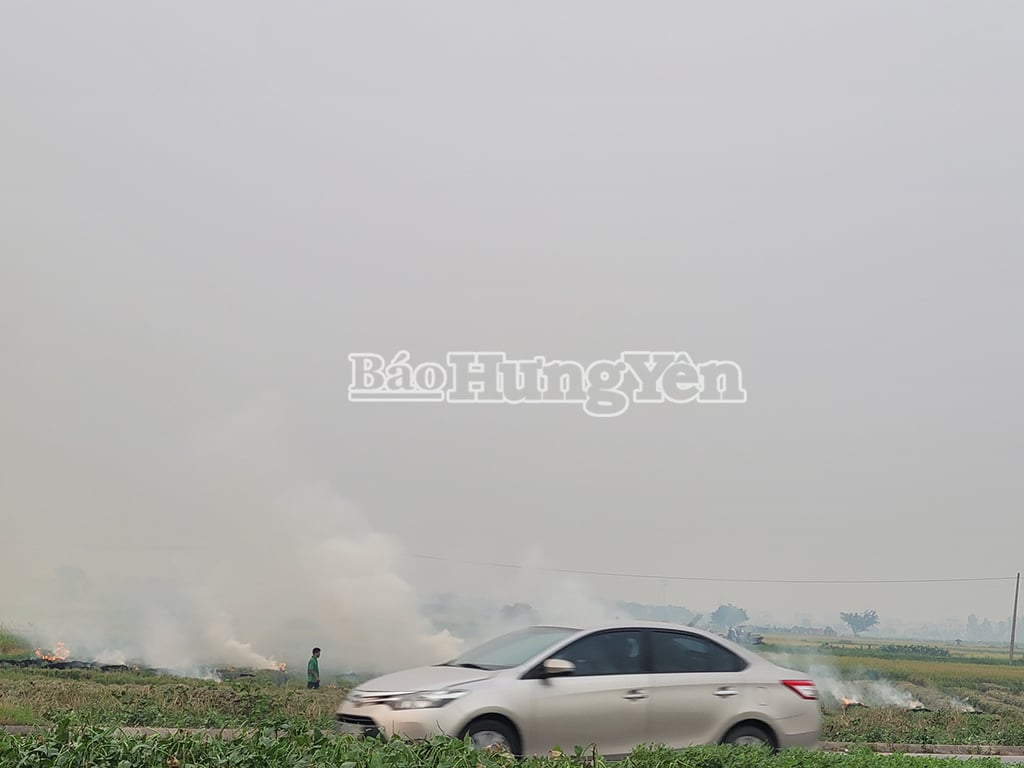
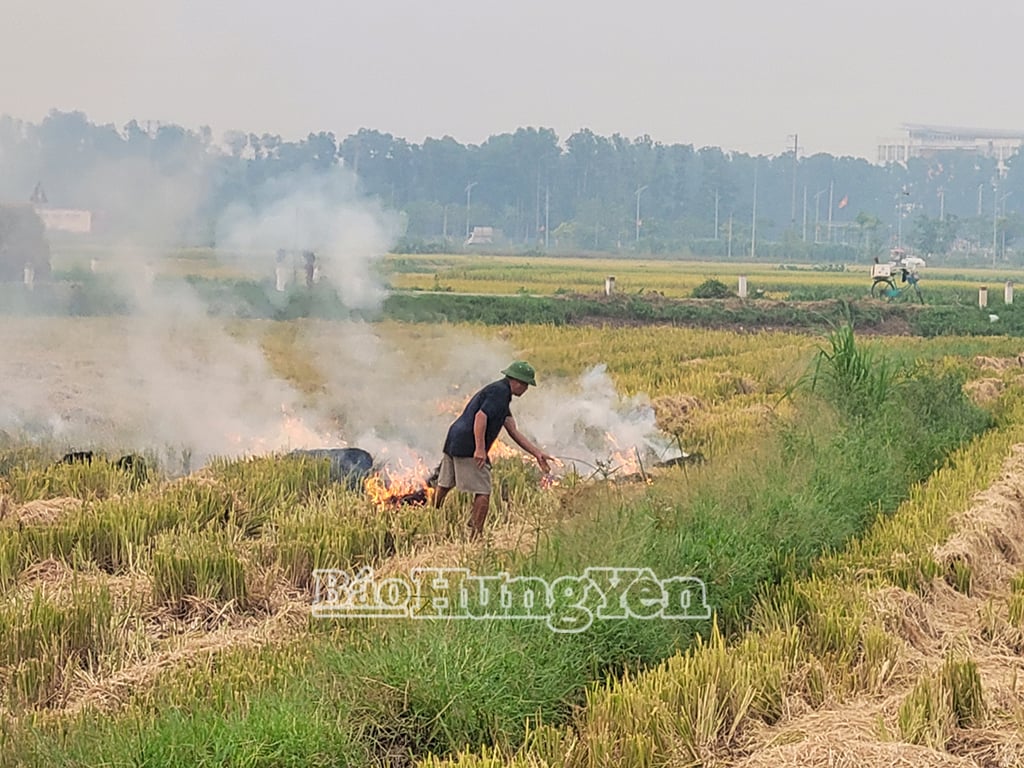
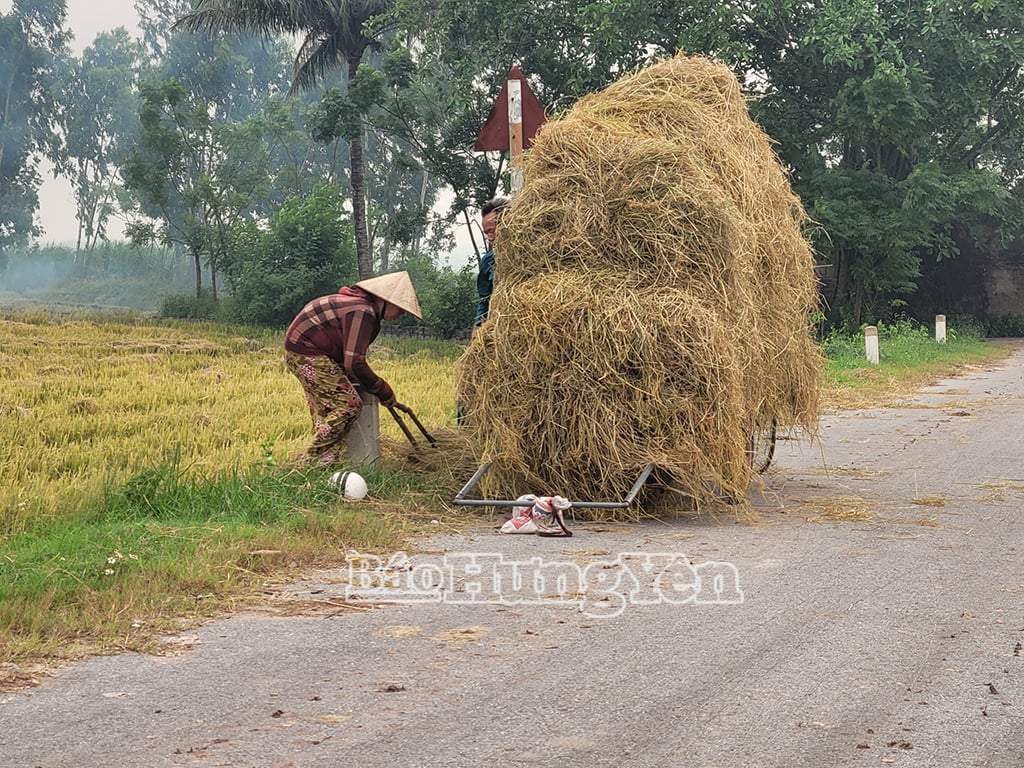
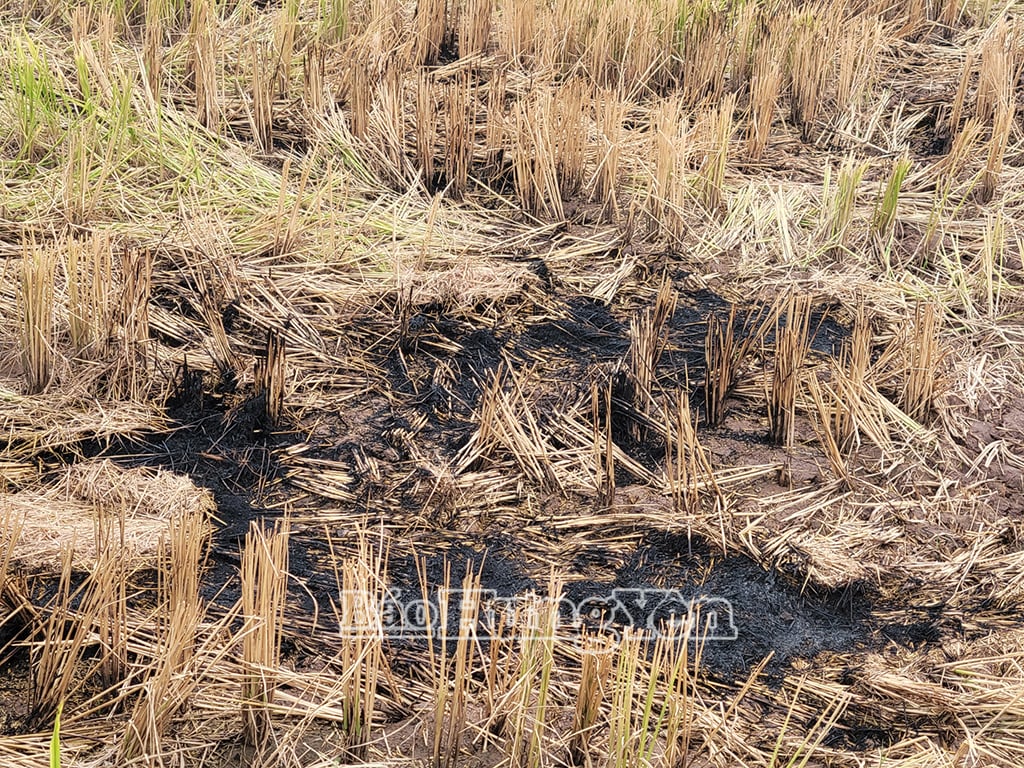







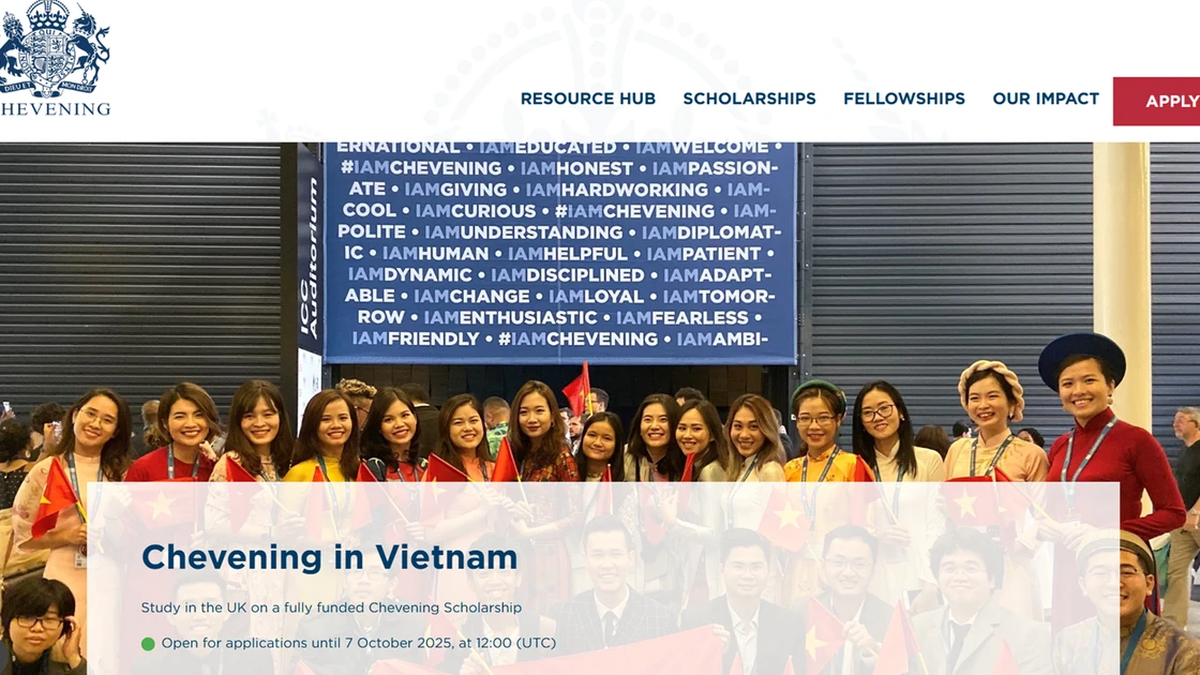






















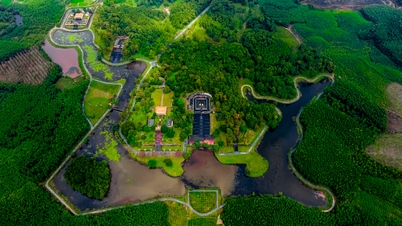




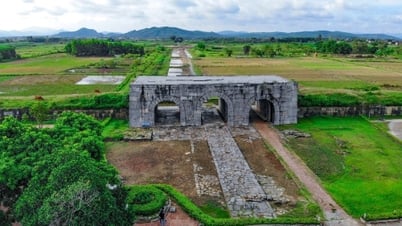

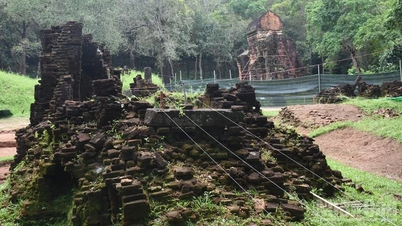




















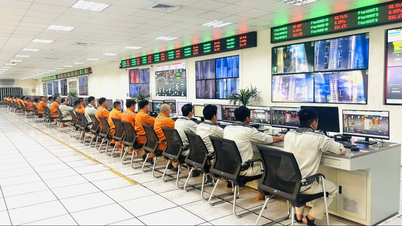

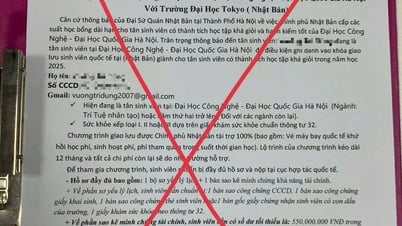













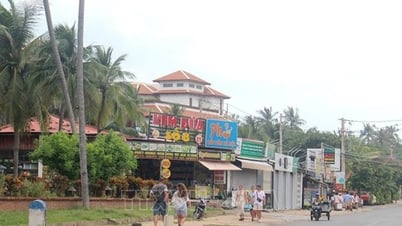






















Comment (0)